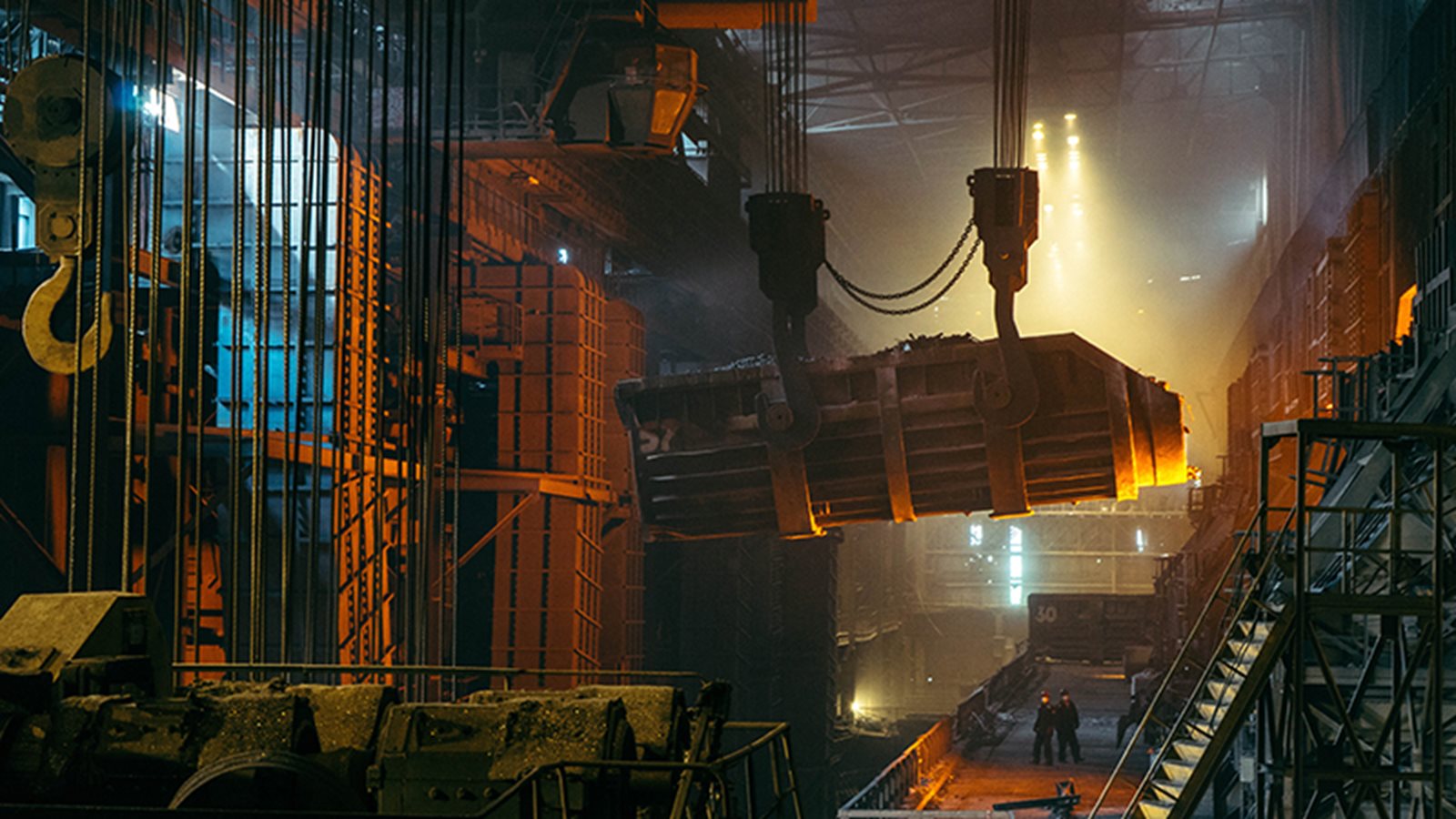

The supply of an unacceptable degree of non-compliant, unsuitable and often faulty building products is increasingly being seen in building, infrastructure and resources projects in Australia, ranging from small local developments to major projects involving international teams.
A recent Australian Industry Group (AiG) survey alarmingly reported that 95% of respondents surveyed in the steel product sector reported non-conforming product in their supply chain.
Scroll down to read further about:
.jpg?variant=HalfWidth)
The impacts of non-conforming building products to our community are manifold, including:
The harmonised Work, Health and Safety Act 2011 puts significant shared responsibility on all parties in the construction value chain – specifically, manufacturers, importers, suppliers, designers and constructors. A fundamental question that impacts on all stakeholders in the industry and is implicit in conformance to the Act and Regulations is:
How can you warrant the safety of a structure if you cannot establish that the safety-critical components utilised in that structure are compliant
The cost and time imposts for builders and clients resulting from non-conforming building products can be significant. The ASI has documented many case studies with substantive negative impacts, ranging from schedule overruns and reputational damage through to complete re-fabrication of projects imported from overseas.
The quality of products impacts both short-term functionality and long-term maintenance. Quite apart from the structural risk of failure, higher maintenance regimes and reduction in the useful life of components and complete structures are commonplace where products are non-conforming or do not meet the requirements of the construction specification.
Ultimately, there are several causes for non-conformance, perhaps the most insidious being deliberate fraud at some point in the supply chain. If proven, legal recourse is possible under our current regulation and legal system, but unfortunately is very difficult and costly with product sourced internationally. In this environment, trusted suppliers are paramount so as to avoid the cost and reputational loss associated with product quality issues.
Change is happening for the better, but it is complex and frustratingly slow. The solution does not lie in one area alone, but rather will result from a combination of initiatives at a number of levels.
The ASI has been on a journey to produce a range of solutions and tools to help our stakeholders ensure cost-effective compliant outcomes. Click on the links below to find out more about some of the tools: